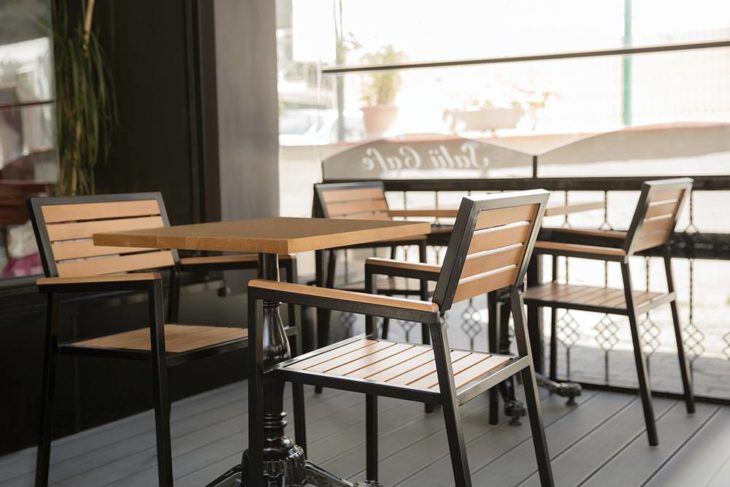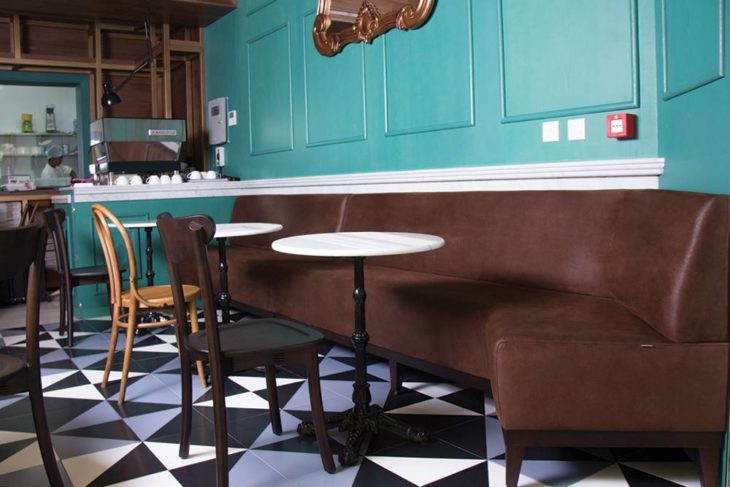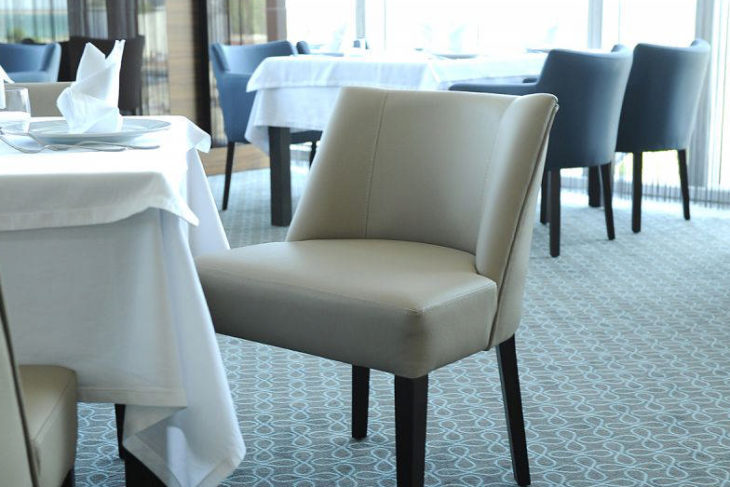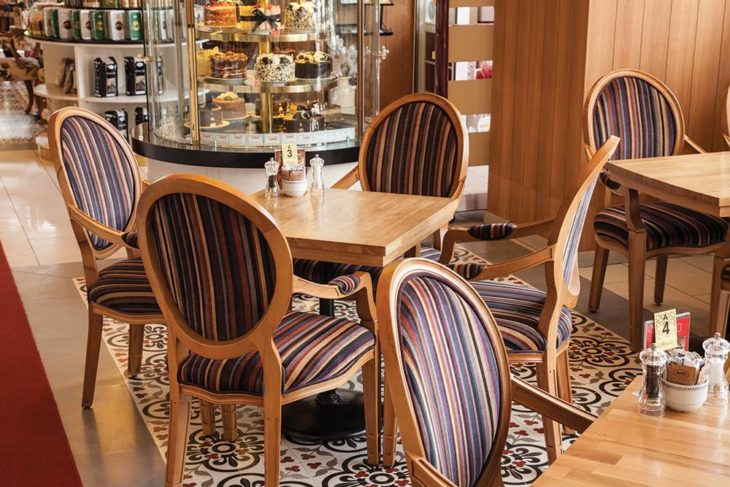Examine any antique rocking chair that’s made it through the decades in one piece, and you discover a cross-section of American history. Imagine the stories it would tell you, if it could speak!
Today, I’d like to talk a bit about examples of an early country style wood rocking chair, often called a Hoop-Skirt Rocker. They are named for the short arm-rest design that allowed women’s hoop-skirts to be hiked up onto the edge of the chair to rest without interference. You’ll find these antique wood rocking chairs with many designs, constructed of various types of wood. Most all of them finely made with a loving hand and attention to detail.
The individual pieces of these rocking chairs were carved according to each craftsman’s style. You’ll find different turning-designs on the posts of the chair backs and along the rails, slight differences in the curves of the armrests, and a variety of designs for the slats of the chair backs from a simple straight slat, to more intricate shapes with swoops and rises or fancy carvings.
Assembling each rocking chair ran unique among the craftsmen too. You can find examples of slender arm-rails running straight through frame of the seat and on down to the curve of the rocker-feet, and also designs where the armrest supports are fixed to the outside of the seat-frame as they run down to the feet. Even the shape of the rocker-feet themselves could be different from one craftsman to the next.
If you’re looking to purchase an antique wood rocking chair you would be wise to check the rocker-feet for wear. An authentic antique rocker will have wear and abrasions from being used, and should match the wood-type used for the rest of the chair. Over time it’s easy for the feet to become brittle and need replacement. If you find a chair with feet that are not so worn, or whose wood or design seems to not match the rest of the chair, you’re probably looking at a repaired rocker, and its value as an antique could be greatly decreased. So be alert!
This same holds true for the seating. Whether a splint seat or a rush seat has been woven in, it’s actually important to determine if the seating is original, or close to it. Wear and stretching of the weave is a good indication of original construction, but also check for the use of modern tools such as staples or glue that might not have been used in the times of the 1800’s.





